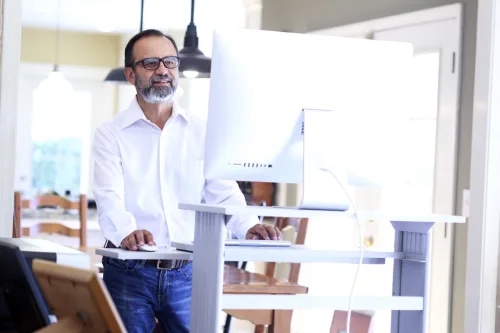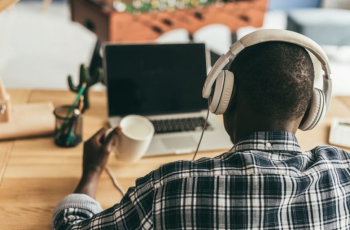12. Start with the hardest stuff.
Some tasks are more difficult, unpleasant, and challenging than others. These are the tasks you should do first, even if it is not your instinct.
The peak time for motivation and intense action is between 10am and 2pm, says Jocelyn Michelle Reaves. She is a business coach and consultant as well as the founder of Coaching It. Try to complete your difficult tasks before midday when your creativity is at its peak. You will feel a sense of accomplishment if you complete them early. This will motivate you to continue with other tasks.

13. Do the difficult stuff when you are most energetic.
Risa William is a clinical psychologist and coach. She says that not everyone is most productive in the morning. In her book Time Management Toolkit she introduces the Task Intensity meter technique. This allows one to find the time of the day that they are most mentally energetic.
She explains that the goal is to perform the more intense tasks only when you have the mental energy to do so. You should also space them out, and take breaks between them to recharge your brain.

14. Download productivity tools
There are many digital productivity tools available today. Whether you’re looking for help with prioritizing your tasks, planning your day or assigning your work to your employees, you can find one that works.
Jeremy Reis from Explore Startups suggests task management tools like Trello or MicrosftOneNote. Asana Todoist and Sunday are also popular.

15. Create a comfortable workspace.
It’s a simple but important concept. If you feel uncomfortable at your desk or workstation, you will be less productive, says Mike Pace, wellness and productivity specialist at Contoured Design.
Sit up straight and stretch when you feel tight or sore. Also, make sure your chair is set at the correct height for your desk. Today, there are many ergonomic options available. From computer mice that reduce stress on the wrists to chairs designed to relieve pressure on the back, you can find them all. Find out what suits you.

16. Stand, don’t sit.
Standing desks are part of the ergonomic office furniture. Standing desks can boost productivity, according to a 2016 study by the Texas A&M Health Science Center School of Public Health.
The researchers examined productivity differences between two call center employee groups over a six-month period and found that workers with stand-capable desks — those in which they could lift or lower their desks to stand or sit at will throughout the day — were about 46 per cent more productive compared with those who had traditional seated desk configurations,” stated Texas A&M today.





